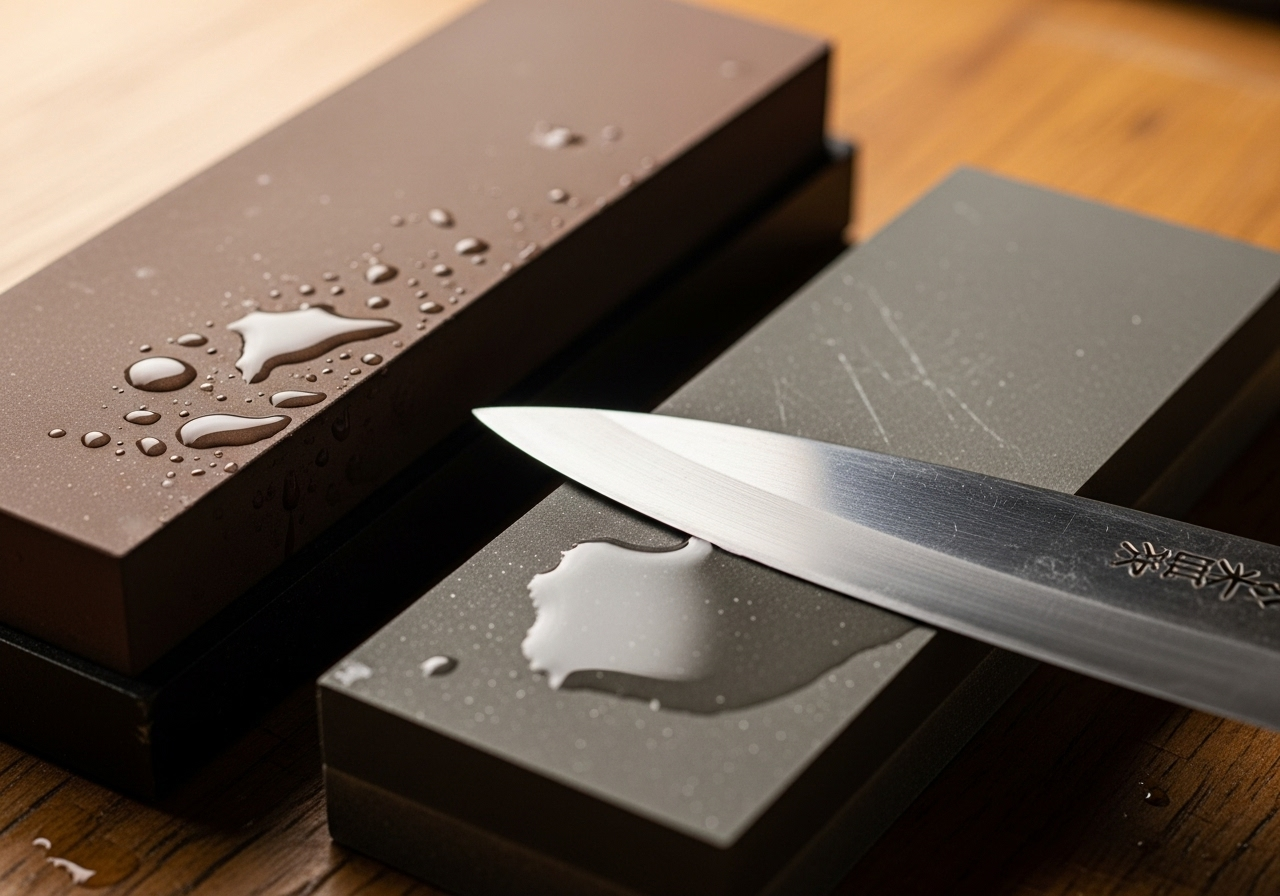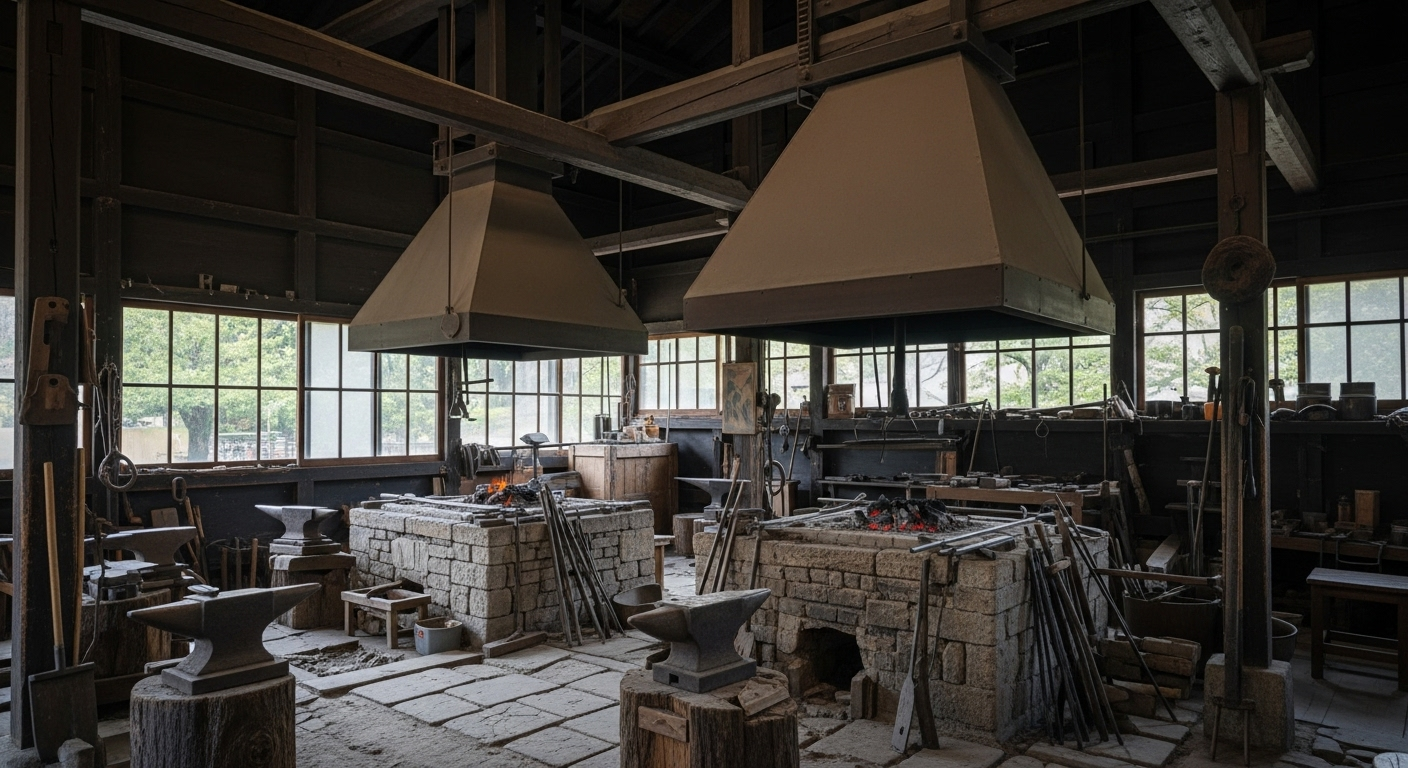
Things to Know to Become a Pro Knife User
-
-
MAY 3, 2023
-
In a busy professional kitchen, the rapid-fire chopping of a chef can sound mesmerizing, the knife striking the board in a rhythmic “tatatatatann.” Yet, impressive as it may seem, this habit is far from ideal.
-
The Sound of Precision
True mastery lies not in noise but in control. A skilled chef’s knife work is defined by the quiet glide of the blade through ingredients, not by loud impacts on the cutting board. The essence of proper knife use is slicing—requiring finesse, never force.
-

-
Technique Over Force
Experienced chefs rely on vertical motion, gently pulling or pushing the blade rather than pounding. This smooth technique avoids unnecessary impact, keeps cuts clean, and preserves the sharpness of the knife.
-
Knife Longevity
One of the most common frustrations among chefs is how quickly knives seem to dull. The real culprit is not the ingredients themselves, but the repeated striking of the blade against the cutting board. A truly sharp knife demands little effort and should never be “hammered” down. Respecting this principle not only improves cutting quality but also greatly extends the life of the knife.
-

-
A Refined Approach
While the rhythmic clatter of rapid chopping may entertain, it signals habits that damage both performance and blade longevity. By embracing the art of gentle, precise slicing, you not only elevate your skill but also ensure that your most trusted tool remains sharp and reliable.
In professional cooking, silence isn’t just golden—it’s the sound of mastery. Each quiet slice reflects not only sharpness, but also respect: for your knife, your craft, and the ingredients on the board.
The Silent Blade: Why Quiet Cutting Reveals True Mastery
-

True knife mastery is silent, built on control rather than force.
A gentle slicing motion protects both the blade and the ingredients, extending the knife’s life and elevating your craft. -

Before Using a Knife
A knife is more than a tool—it’s the heart of cooking. Learning how to use it properly helps protect its quality, durability, and safety, so you can enjoy it for years while elevating every meal.

Daily Care of a Japanese Knife
With the right daily care, your knife will stay sharp and reliable for a long time. Here, we share the key points to keep it in peak condition and extend its lifespan.

After-Sales Service
At KIREAJI, we ensure your knife can be cherished for years with our dedicated after-sales service, provided by the Shiroyama Knife Workshop. For repairs or maintenance, please apply through the link below.

The Soul of Craftsmanship
-
Understanding the Essence of Freedom — Lessons from a Master Bladesmith
At the forge, where steel meets fire, failure is inevitable. A blade may warp, crack, or refuse to take shape. Yet I have learned to see these setbacks not as obstacles, but as hidden gifts—the sparks that ignite the next breakthrough.
In bladesmithing, a single choice can change everything. To accept failure, to learn, and to rise again—this rhythm of trial and growth is what gives life to the craft. -
Life itself is no different. True freedom is not the absence of hardship, but the ability to see hope within it. When we can embrace the unexpected as “good,” we liberate ourselves from fear and open the door to possibility.
Every knife I forge carries this philosophy. It is more than steel and edge; it is a vessel of resilience, brought to life in the hands of chefs and shared at tables around the world. -
Freedom, I believe, is not simply the right to choose—it is the choice to see differently. And within that choice lies the essence of a life well lived.

Experience the sharpness trusted by 98% of Japan’s top chefs — handcrafted in Sakai City.
Through our exclusive partnership with Shiroyama Knife Workshop, we deliver exceptional Sakai knives worldwide. Each knife comes with free Honbazuke sharpening and a hand-crafted magnolia saya, with optional after-sales services for lasting confidence.
KIREAJI's Three Promises to You
-

1. Forged in the Legacy of Sakai
From Sakai City—Japan’s renowned birthplace of professional kitchen knives—each blade is crafted by master artisans with over six centuries of tradition. Perfectly balanced, enduringly sharp, and exquisitely finished, every cut carries the soul of true craftsmanship.
-

2. Thoughtful Care for Everyday Use
Every knife includes a hand-fitted magnolia saya for safe storage. Upon request, we offer a complimentary Honbazuke final hand sharpening—giving you a precise, ready-to-use edge from day one.
-

3. A Partnership for a Lifetime
A KIREAJI knife is more than a tool—it is a lifelong companion. With our bespoke paid aftercare services, we preserve its edge and beauty, ensuring it remains as precise and dependable as the day it first met your hand.







